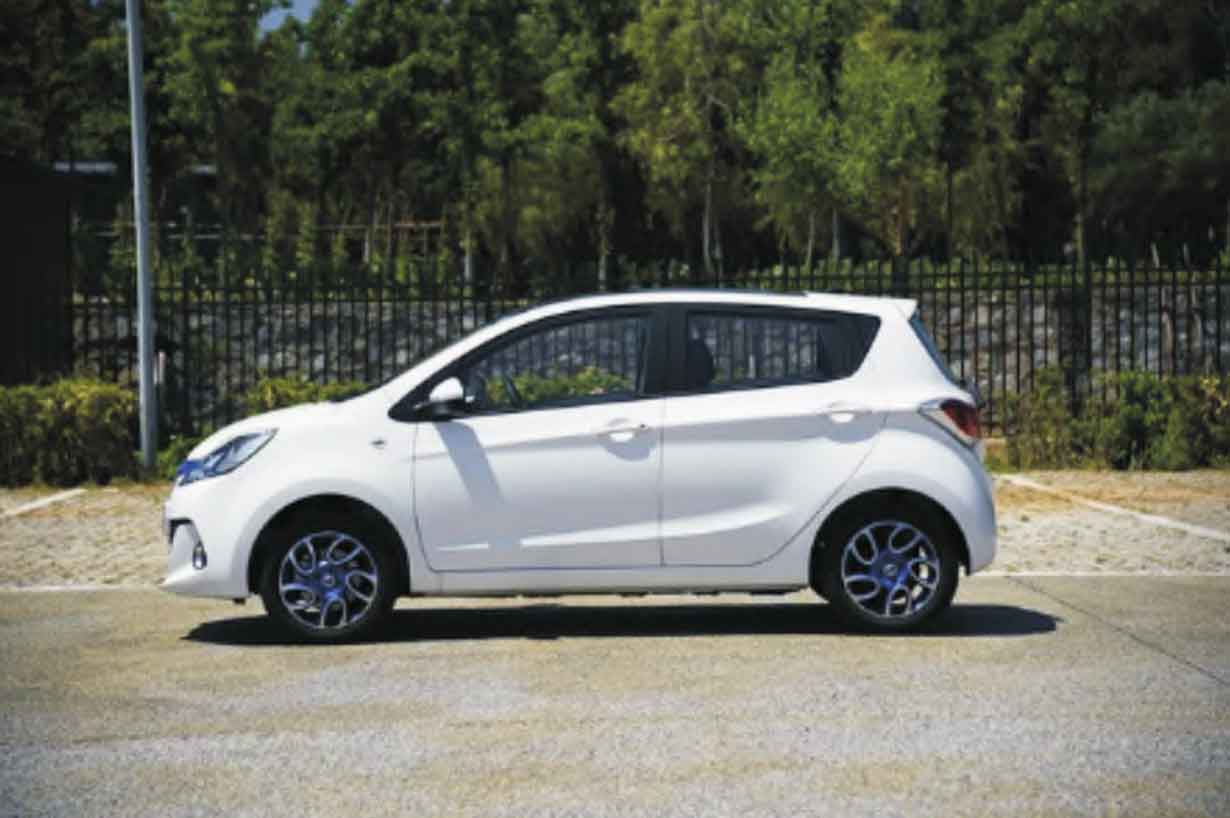Energy and environmental problems are becoming increasingly serious, and new energy vehicles have attracted much attention. Electric vehicles have become the research focus of various countries with their advantages of zero emissions, low noise, extensive power sources and so on. There are many similarities between electric vehicles and fuel vehicles in the body structure, but there are significant differences in the structural form and working environment of the powertrain. The transmission system of electric vehicle omits torque converter, clutch and other torsional vibration damping components, and the system is an underdamped system; At the same time, the transmission system adopts the structural form of multi-stage deceleration and few gears, which makes the power transmission path shorter and the number of cycles significantly increased. These new characteristics of electric vehicle transmission system have brought new theoretical and technical problems, among which the life prediction of transmission system and system reliability are the bottlenecks that restrict the further improvement of performance.

Compared with the traditional internal combustion engine, the driving motor, as the power source of electric vehicles, has a dynamic response of 100 times faster torque, 2 ~ 3 times higher speed, and there are high-frequency fluctuations and strong shocks. In the process of electric vehicle driving, the high-speed helical gear transmission system of electric vehicle is affected by the torque from the motor and driving conditions, so the actual load borne by the high-speed helical gear of electric vehicle has strong time-varying and randomness; At the same time, certain impact loads are often generated in the meshing process, so the stress condition of high-speed helical gears of electric vehicles is complex. The effect of these forces significantly affects the dynamic meshing process of high-speed helical gears of electric vehicles, and then leads to fatigue failure phenomena such as pitting and fracture. At present, there are many researches on the fatigue life prediction of related parts, but there are few researches on the life prediction based on the fatigue damage theory by using the motor dynamic model to calculate the dynamic load of the high-speed helical gear transmission system of electric vehicles under cyclic conditions. Therefore, considering the high-speed and high-frequency dynamic characteristics of the motor, obtaining the fatigue load spectrum of the transmission gear pair of electric vehicles based on transient road conditions and predicting its dynamic fatigue life are of great significance to the design innovation and technical upgrading of electric vehicle transmission system in our country.
1) Based on the dynamic control model and cycle driving condition of vehicle permanent magnet synchronous motor, a method for calculating the load history of electric vehicle transmission under cycle driving condition is proposed by using computer simulation.
2) For the load cycle counting of the high-speed helical gear of electric vehicle, the data of the contact stress spectrum of the high-speed helical gear of electric vehicle is extracted and reorganized first, so that the load of a single gear tooth becomes a continuous load history. Secondly, the rain flow counting method is used to count the load cycle, and the mean frequency relationship of the contact stress amplitude of the high-speed helical gear of electric vehicle under the cycle condition is obtained.
3) Based on the modified P-S-N curve, the contact fatigue life of high-speed helical gears in transmission is calculated by using miner’s linear cumulative fatigue damage theory, which provides a theoretical basis and method for the dynamic fatigue life prediction of gears in electric vehicle transmission system.
For obtaining the load history of electric vehicle transmission gear, the most ideal method is the real vehicle test. The test of the actual working condition load of the transmission system can not be replaced by any numerical simulation results
To comprehensively reflect the actual operation of the transmission, but this method has high requirements for the test system, long cycle and high cost. Secondly, the random load data of electric vehicle transmission system obtained by the real vehicle test method can reproduce the actual working condition of the transmission system, but the amount of data is too large and the practicability is not strong. At present, the load history of transmission gears is mainly obtained by computer simulation. Taking the high-speed helical gear of an electric vehicle with fixed transmission ratio as the research object, the control model of vehicle permanent magnet synchronous motor is established, and the model is simulated based on the instantaneous road conditions, and the simulation results are verified on the real vehicle; The dynamic torque of the motor obtained by simulation is taken as the driving torque of the high-speed gear pair, and the helical gear is transformed into an equivalent spur gear to calculate the tooth surface contact stress spectrum under the cyclic condition; The rain flow counting method is used to count the load cycles, and the contact stress amplitude frequency relationship of the high-speed helical gear of the electric vehicle is obtained. Finally, the contact fatigue life of the transmission gear is predicted by using the modified P-S-N curve and the fatigue cumulative damage theory.
